Bordeaux, Part II
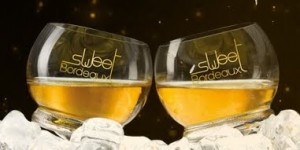
Beginning note: We don’t often think about the sweet side of Bordeaux. Oh, sure, we all know of Chateau d’Yquem, the greatest of the sweet wines from Sauternes, but few have ACTUALLY tasted it or shelled out the $200-$400 it costs for a half bottle to own it. During a trip to the region this summer, I discovered the pleasures of sweet wine when made to strict standards by families who have been making these wines for generations. What was most surprising was how well it matched up with so many different foods. This piece was first published in the London, Ontario, magazine, Eat Drink London.
By Rick VanSickle
PUJOLS SUR CIRON, Bordeaux — Can there be anything sweeter than staying at a French chateau that dates back to 1686, surrounded by row after row of perfectly planted vines in the middle of July?
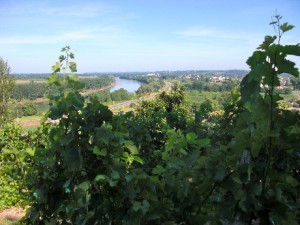
Well, actually, yes. You could be in that historic chateau with a private chef cooking before your eyes as you sip sweet wines perfectly paired with each magnificent dish.
There we were, on the third day of a vinous journey through the regions of Bordeaux, at Chateau Saint Robert on the left bank of the Garonne River, close to the boundary of Barsac. Saint Robert was once a “noble house,†until the French revolution, a title given only to local nobility of Bordeaux aristocratic families.
Today it is a winery in the Graves appellation, part of a collection of estates in four regions — including Bastor-Lamontagne (Sauternes), Chateau Beauregard (Pomerol) and Chateau Pavillon Bel-Air (Lalande de Pomerol) — that are managed by Michel Garat and his team.
We had been invited to stay, tour and, finally, enjoy a feast expertly matched to the sweet wines of Bordeaux.
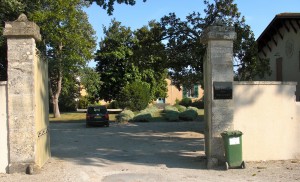
Many wine lovers are reluctant to match sweet wines with the main course because there is a misconception that sweet wines only go with sweet desserts at the end of the meal. Bordeaux is working hard to change that mindset with an aggressive “Sweet Bordeaux†campaign promoting the 11 appellations that make up the region.
To illustrate the wider appeal of these sweet wines, Garat brought in a chef to the Saint Robert chateau to demonstrate the diversity of these wines with different foods.
We were invited to the kitchen as he whipped up some quick and delicious pairings as a warm up to the main event.
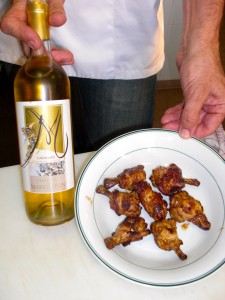
We started with chicken wings seared with soya, sesame seed oil and a touch of ginger to pair with a Chateau Margoton 2005 from the Cadillac appellation. A wonderful play of the sweet, fleshy fruits from the wine with the spice of the wings.
Some other quick and easy dishes that worked well with the sweet wines were seared scallops with dried apricot and green peppercorns, sardines with pepper spread and lemon zest and a local delicacy, caught in the Garonne River and warmed up right from the jar, of lamprey eel (I have take the word of my fellow travellers as I couldn’t bring myself to eat it).
Our main meal featured a lovely goat-cheese crusted, freshly-caught cod with a sauce of ginger, sweet wine, cream and shallots served with Château Cherchy-Desqueyroux 2007 from the Graves Superieures appellation. A brilliant pairing of sweet dried apricot and peach fruit playing off the goat cheese and ginger. A thrilling combination.
We capped off the extravaganza with a cold melon soup with ginger, cardamon and lemon-lime juice with a fabulous wild flower honey ball at the bottom served with a Chateau Bastor-Lamontagne 2004 Sauternes. The wild honey in the concoction matched perfectly with the sweet acacia honey notes of the wine and the quince, peach and marzipan flavours.
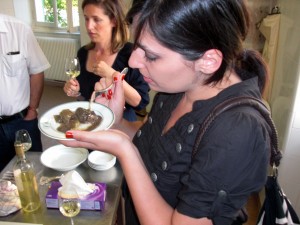
The sweet wines of Bordeaux are easily matched to an array of foods. Some pairings to consider include smoked fish, duck cooked any way, lobster, goat cheese, mozzarella, gorgonzola, parmesan, veal sweetbread, rabbit, tuna, grilled fish, mild curry dishes, fish risotto, pork tenderloin, beef tartare, peach flan, red fruit salad and raspberries or strawberries.
Our most decadent pairing of our trip to Bordeaux was a selection of French macaroons served with a 1943 Clos Jean, one of the top estates from Loupiac and a much more affordable, and often delicious, alternative to Sauternes.
The selection of macaroons and fruits tasted brilliant along side the aged Clos Jean with kirsch, candied fruits and brandy-honey notes. Something this writer will never forget.

What you need to know:
The sweet wines of Bordeaux are defined by the same conditions in the vineyard that give them that honey sweet taste. Here are some facts:
• Sweet wines from Bordeaux are made with noble rot (also called botrytis, a moisture or fungus covering the grape that concentrates the sugars and give the wines their distinct wild honey taste).
• Because of the botrytis, all grapes in all appellations are hand-picked and hand sorted, an expensive process. There also looms the danger of boytrytis not naturally occurring in any given vintage. When this happens, the crop is turned into dry white wines.
• The grapes permitted for these wines include Sauvignon Blanc (up to 20%) Sémillon (up to 80%) and Muscadelle.
• Because these wines are high in acid and sugar content they can be long-lived, up to 35 years for most wines and, with the best wines, over 100 years.
• The 11 appellations permitted in produce these wines include: Cadillac, Loupiac, Sainte Croix du Mont, Cerons, Barsac, Sauternes, Premieres Cotes de Bordeaux Blancs, Cotes de Bordeaux Saint Macaire, Graves Superieur, Sainte Foy Bordeaux, and Bordeaux Superieures.


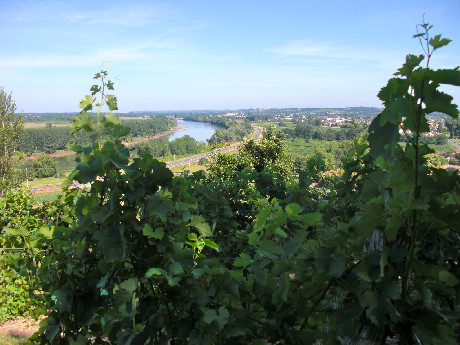




Comment here